Scythe
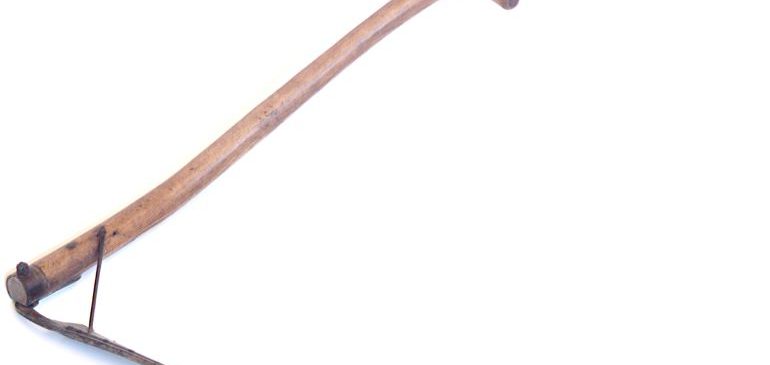
Scythes were used to manually cut crops or grass at harvest time. They replaced sickles and bagging hooks which required the user to repeatedly bend down low to cut the crops. Scythes themselves have now been largely been replaced – firstly by horse-drawn and more recently tractor machinery and then combine harvesters, but they are still […]
Cider jar
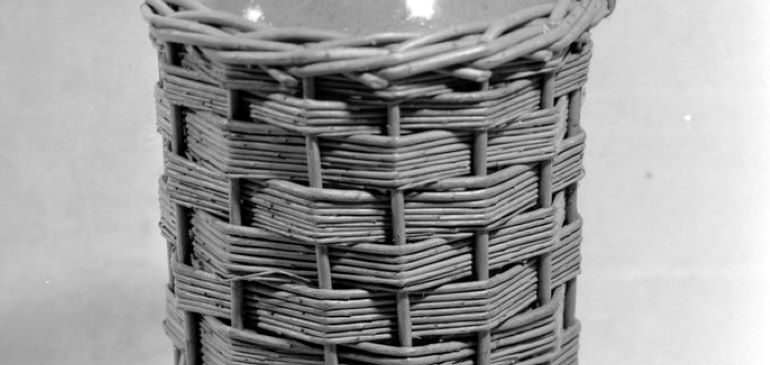
Before mechanisation, harvesting was hard manual work and often farms provided food and drink for all the workers who worked long hours in the fields. Typically, labourers worked from 5am till dusk, but were compensated by extra pay at harvest. They could double their wages at harvest time, and there was the possibility of a […]
Barley fork
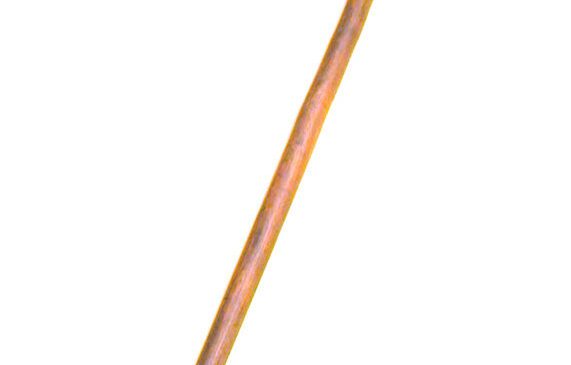
This is a three-pronged barley fork made of ash. It was used for ‘pooking’ – turning over mown barley as it lay in ‘windrows’ (rows) and stacking it into sheaves. This fork is over 100 years old and probably closer to 200 years old – made before iron was used widely in farm tools. It […]
Gentle Harvester
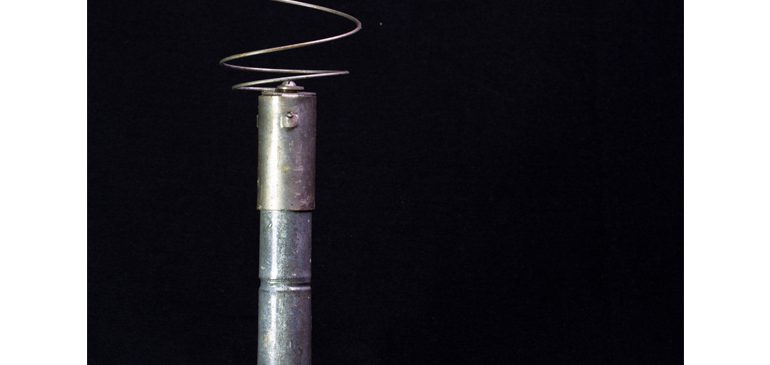
When placed on a long pole this fruit picker extended the user’s reach. They could then retrieve apples, pears or plums without bruising them. The ingenious design was devised by William Penn Ltd, a company that offered solutions to some of life’s most pressing challenges, such as the ‘awl-you-need’ leather stitcher and ‘so-easy’ seed sower.
What lies beneath?
Anthropologist and Collections Volunteer Paul Trawick has been delving into the role of field drains on English farms. These hidden gems offer an ingenious and indigenous way to reclaim ground, improve topsoil, tame groundwater, and achieve sustainable crop yields. But few of us even know they are there. In this, the first of several posts, […]
Harvest Jug
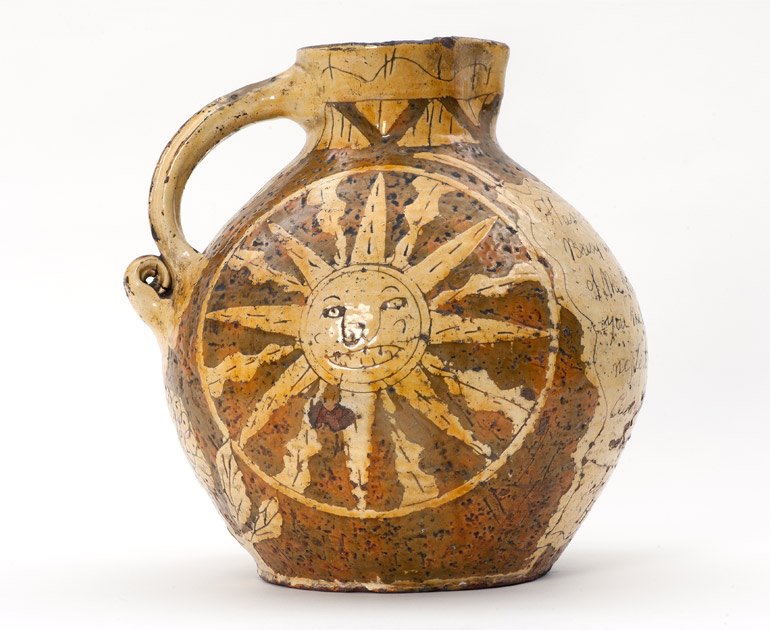
This jug was made for the boozy celebration which comes after a successful harvest. The baking sun sits smiling at the centre of a mariner’s compass on one side, a fitting design for a jug made in the seafaring county of Devon. The varying hues of orange and yellow are rooted in the spent soil […]
Salmon Trap
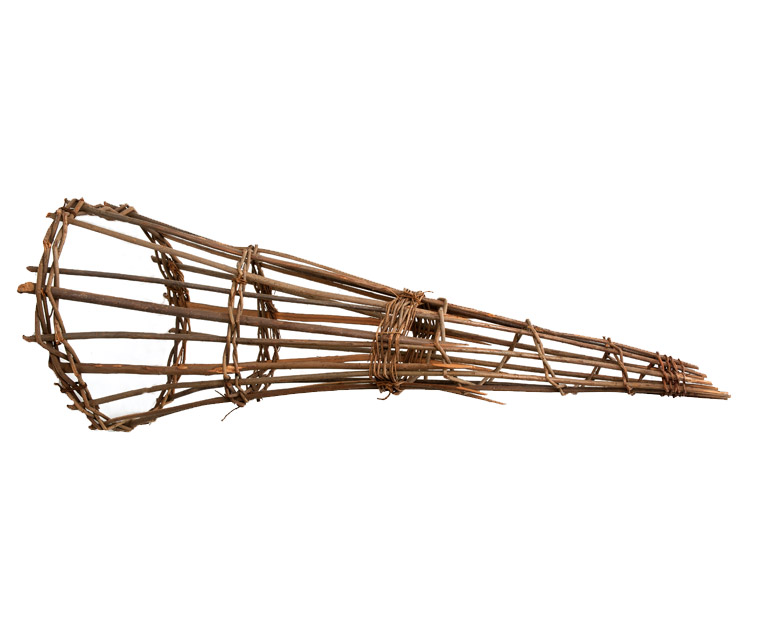
The best way to trap salmon is to make them trap themselves. So effective is the design of the ‘putcher’ that it has barely changed in 1000 years. Fishermen on the River Severn would arrange dozens of these traps between sticks buried in the mud of the river and forming a wall. The salmon would […]
Shepherds Walking Stick
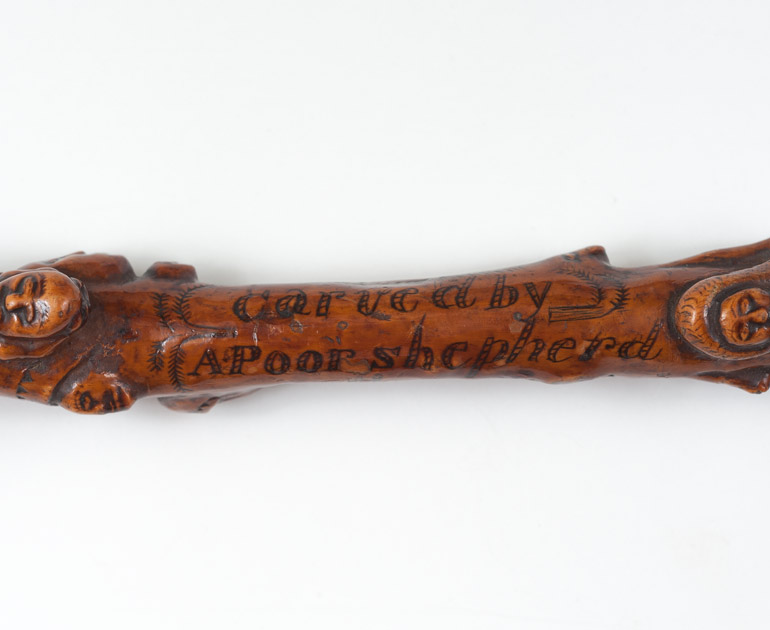
The patience and skill that have been poured into this practical work of art is obvious. That it took years to make is confirmed on the stick itself, which proclaims: ‘Carved by a Poor Shepherd in the years 1844 to 1849’. Alongside this, the shepherd artist also names himself as Henry Beecham from Kidlington, Oxfordshire. […]
Picnic Basket

This is an ‘En Route’ tea-making basket produced by Drew & Co of London probably around 1905. Originally, a basket like this was associated with railway travel, and even the horse drawn carriage. But by the Edwardian era, it was increasingly about the relationship between the motor car and the countryside – going for an […]
Wagoner’s Belt
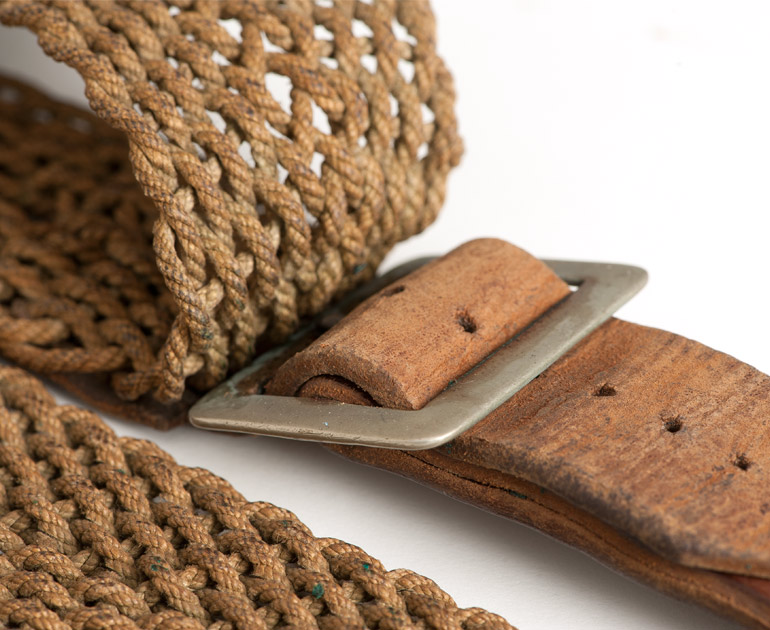
This belt was given to a wagoner on his retirement, in recognition of his great skill. There was once a strict hierarchy on farms. Horsemen were at the top and worked with wagons and ploughs. Everyone knew their rank, referring to each other with terms such as ‘first man’ or ‘fourth boy’.

